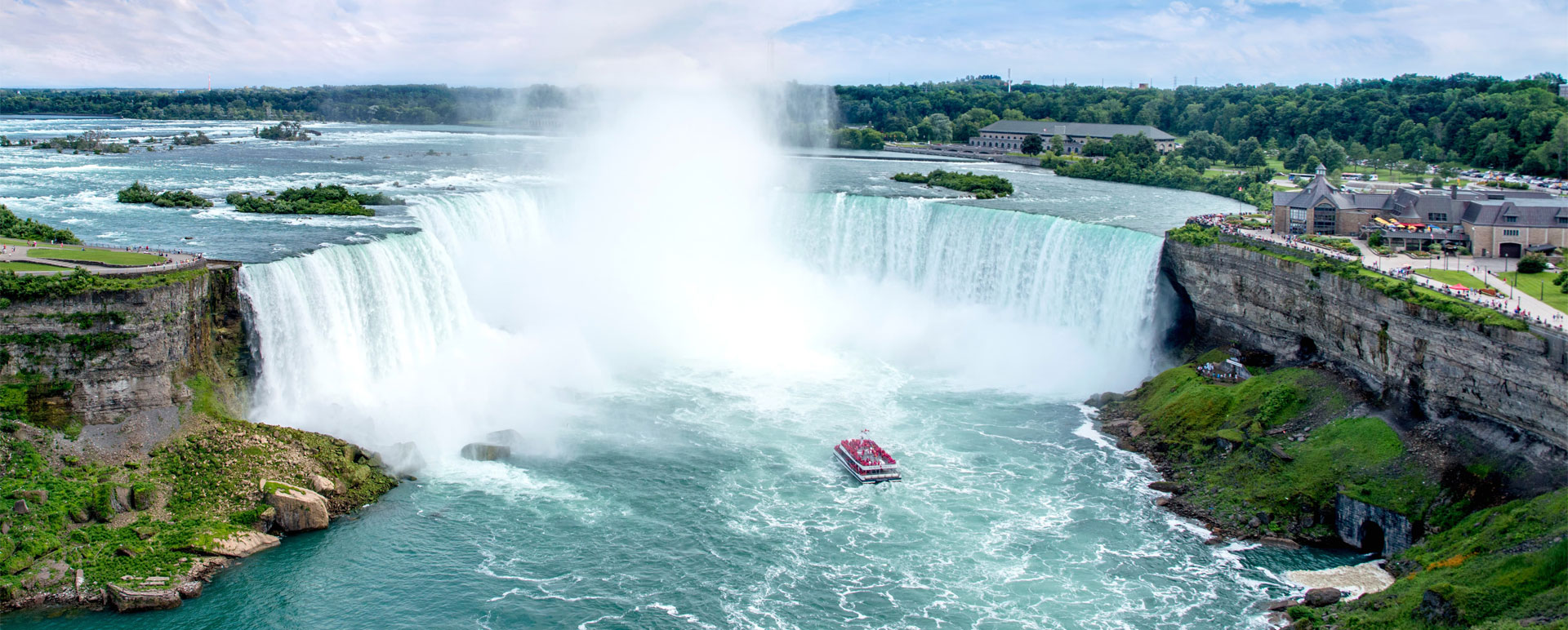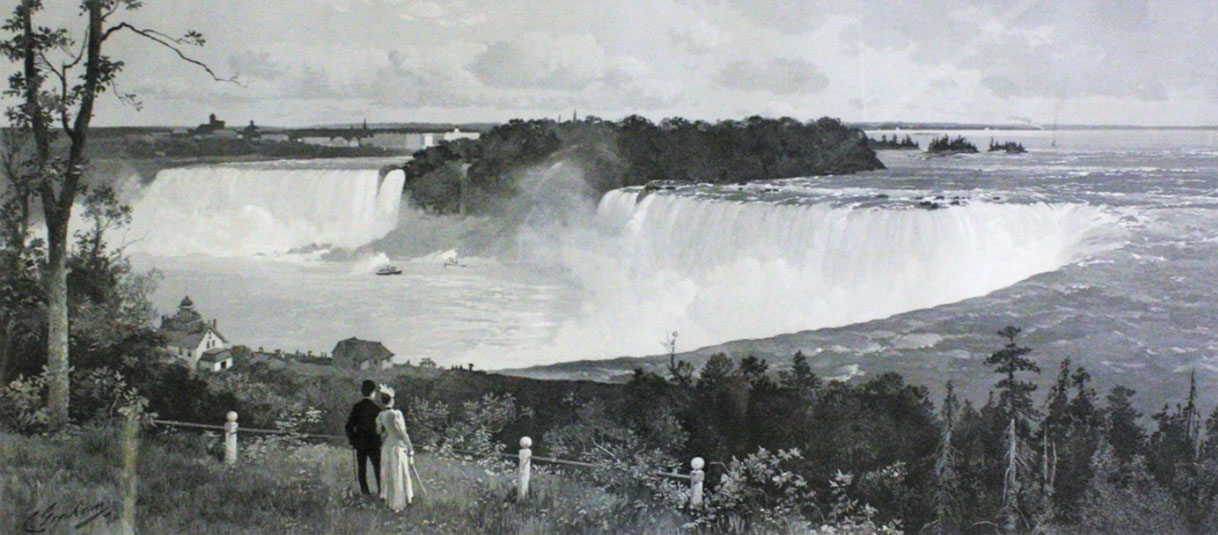

Millions of visitors each year visit Niagara Falls to admire its true beauty in person. People chasing that wanderlust feeling are drawn to the power and magnificence of the natural wonder. While other visitors come to Niagara Falls for a bit more excitement, like the casinos, ziplining and family fun attractions. All visitors alike already know the splendour and wonder that radiates from the Falls but there are a lot of interesting facts behind those thundering waters.

Niagara Falls is approximately 12,500 years, which is relatively young when its put into perspective. While dinosaurs roamed the earth 66 million years ago and the Grand Canyon formed at least 6 million years old, Niagara Falls did not exist until the last Ice Age when the ice melted and carved its way through the escarpment creating Lake Erie, the Niagara River and Lake Ontario.

Despite Canada’s cold temperatures in the winter, the waterfalls never actually freeze solid -and they never have. The water is always flowing at such high velocity that its simply impossible for it to freeze in place. Though there are photos from years passed of people standing at the base of that Falls with nothing but ice and rocks behind them, the truth behind the photos is that ice booms blocked the flow of water from the river above. This occurred in 1948 and only last about 30 hours before it was cleared and the water was once again flowing over Niagara Falls. Most recently in 2015 Niagara Falls experienced a ‘Polar Vortex’ with temperatures as cold as -22° Celsius (-7 Fahrenheit). Through ice covered much of the waterfalls and the river below appeared solid, the water could still be seen flowing behind the massive ice blocks.

We have established that the water is always flowing, however the escarpment beneath the water has been slowly receding backwards since its creation. Geologists have confirmed that the pressure of the rushing water is causing the rocks under the water to continuously erode and deteriorate. Little by little, pieces of rock break away and cause a gradual movement of approximately 1 foot every 10 years. This movement used to be a lot greater but thanks to the diversion of water from the hydro generating plants, the erosion rates have drastically been reduced from previous rates of 1 foot per year.

The power and wonder of Niagara Falls has been a big attraction for daredevils and stunt people from all over the world. The first person to survive a trip over Niagara Falls in a barrel was a 63-year-old schoolteacher (and her cat) in 1901. Not long after, it became illegal to make an attempt to go over the Falls, and those who do so faced with fines upwards of $10,000 and well as covering the cost of any rescue efforts. Since going over the Falls was now frowned upon, daredevils had to find new ways to master the great wonder. Charles Blondin was the first to tightrope walk over Niagara Falls on a rope that was barely an inch thick. He was successful! Most recently in 2021, Nik Wallenda tightrope walked over Niagara Falls in front of a live audience of tens of thousands of people, and as well as broadcast on live TV. Both were successful!

When admiring the Horseshoe Falls, visitors can look just passed the brink of the Falls and see the remnants of a shipwreck from 1918. The Niagara Scow is a barge that broke free from a tugboat and rapidly floated down the Niagara River, with two workers aboard! Before plunging over the Horseshoe Falls, the Scow became caught on the rocks beneath the rapids. The men secured themselves and waited to be rescued, not knowing how long the barge would hold in place. After 17 hours, the men were finally relieved to be rescued. Little did they know at the time, the Scow would actually remain in that spot for much longer – 101 years to be exact! Shockingly, in 2019 a heavy storm hit Niagara and caused the water levels to rise significantly enough to lift the Scow from the rocks and carry it another 50 metres closer to the Falls. It has once again become lodged in the rocks and experts wonder if it’s stuck for another 100 plus years or if this recent shift has weakened the overall structure enough to cause it to flow with the river once again.